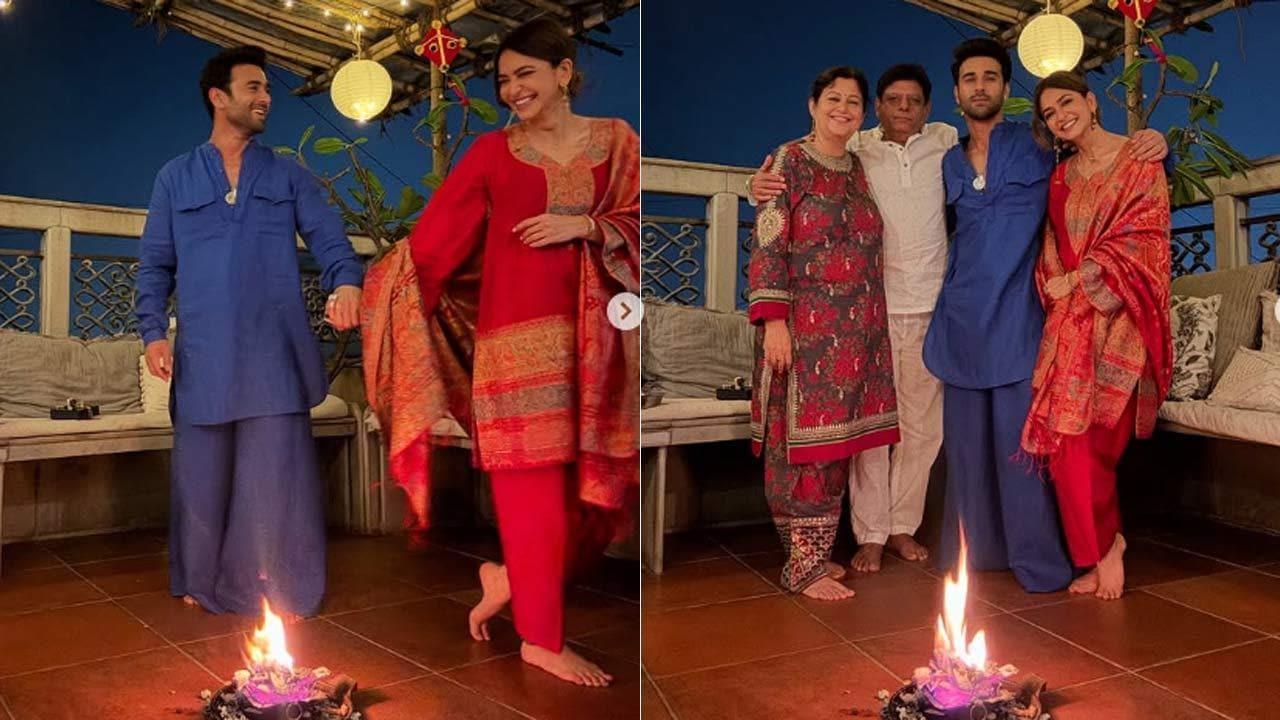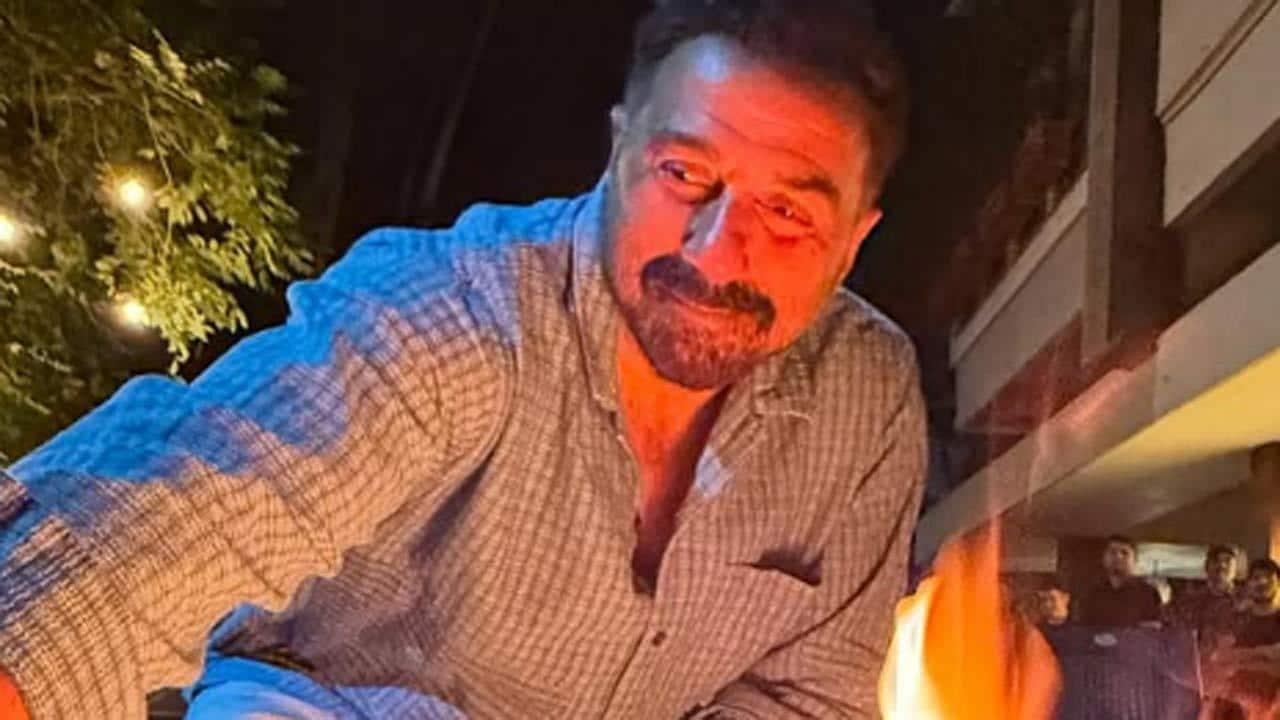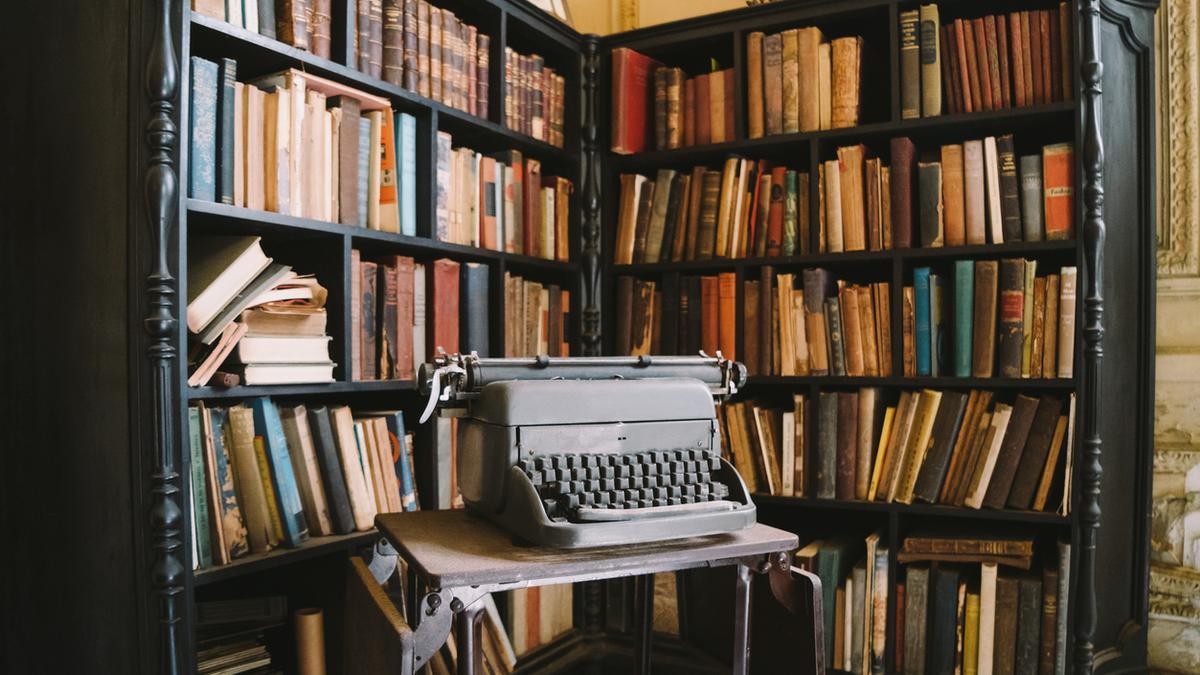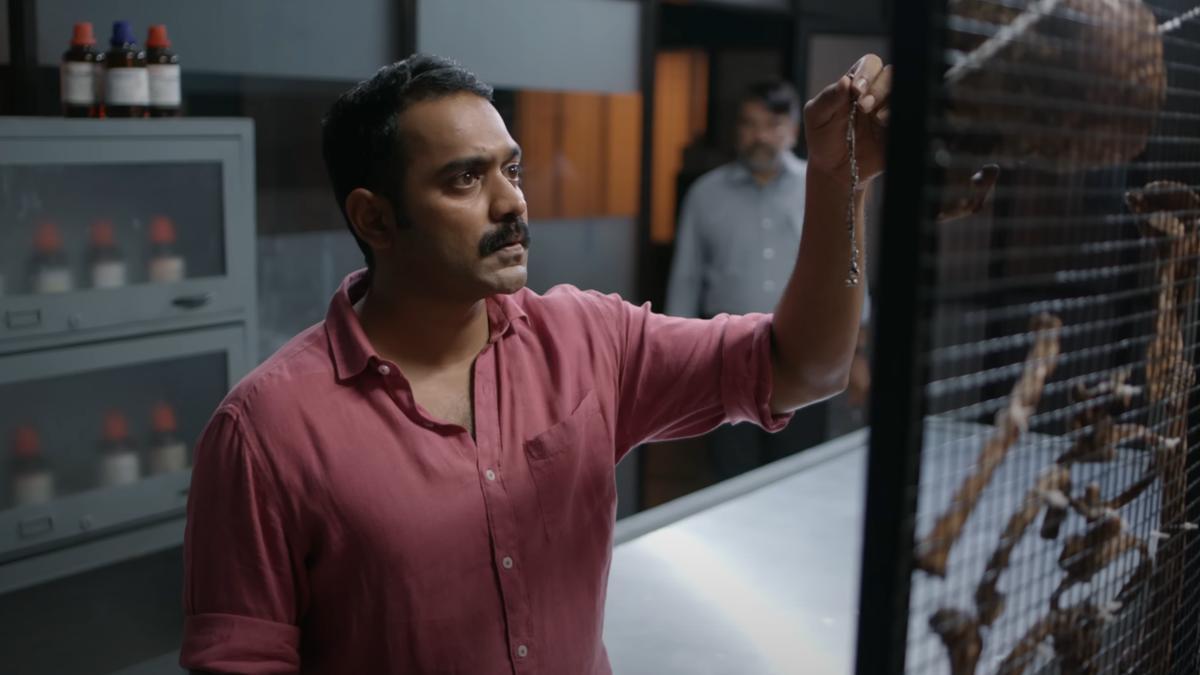
Released on August 15, 1975, ‘Sholay’ was the brainchild of writers Salim-Javed and directed by Ramesh Sippy. As we mark 49 years since its release, it’s the perfect moment to reflect on what makes Sholay an eternal masterpiece.
In the grand tapestry of Indian Cinema, certain films stand as timeless landmarks, shaping storytelling and defining cultural impact for generations. One such film is ‘Sholay,’ a cinematic marvel that has not only stood the test of time but has also become a cultural phenomenon. As we mark 49 years of its release, it’s the ideal moment to reflect on what makes Sholay an eternal masterpiece.
### Birth of a Classic
Released on August 15, 1975, ‘Sholay’ was the innovative creation of writers Salim-Javed and directed by Ramesh Sippy. This period marked a phase of transition in Bollywood, with filmmakers exploring various genres, narratives, and cinematic styles. ‘Sholay’ emerged as a film that seamlessly blended multiple elements—action, drama, romance, comedy, and music—creating a genre-defining “masala” film that appealed to audiences across the spectrum.
Set in the fictional village of Ramgarh, the film narrates the story of two small-time crooks, Jai (played by Amitabh Bachchan) and Veeru (played by Dharmendra), who are hired by a retired policeman, Thakur Baldev Singh (portrayed by Sanjeev Kumar), to capture the notorious dacoit Gabbar Singh (played by Amjad Khan). This epic tale of friendship, revenge, and justice unfolds against the backdrop of rural India, making it a compelling narrative that resonated with a wide audience.
### Unforgettable Characters
One of the key reasons for ‘Sholay’s’ everlasting appeal is its rich tapestry of characters, each etched into the collective memory of Indian cinema. Jai and Veeru, with their genuine camaraderie and iconic banter, have left an indelible mark on audiences. Thakur, with his tragic backstory and stoic resolve, represents the moral compass of the film. Basanti (Hema Malini), the feisty village girl with her endearing chatter, and Radha (Jaya Bachchan), the silent widow with expressive eyes, brought depth to the film’s emotional narrative.
However, it was Amjad Khan’s portrayal of Gabbar Singh that truly stole the show. His unforgettable dialogues and iconic mannerisms made Gabbar one of the most memorable villains in Bollywood history. Lines like “Kitne aadmi the?” and “Yeh haath mujhe de de Thakur” have become legendary dialogues of Indian cinema, forever ingrained in popular culture.
### Making of a Blockbuster
‘Sholay’ was not just a film; it was a piece of history in the making. Shot over two and a half years, the production faced numerous challenges, from budget overruns to technical difficulties.
. Yet, the dedication to the craft by the filmmakers paid off in remarkable ways.
The music composed by R.D. Burman, with lyrics penned by Anand Bakshi, became an integral part of the film’s success. Songs like “Yeh Dosti,” “Haa Jab Tak Hai Jaan,” and “Mehbooba Mehbooba” are still cherished to this day, with each tune adding a unique flavor to the film’s narrative.
### Cultural Milestone
When ‘Sholay’ first hit the screens, it received a lukewarm response, with critics questioning its lengthy runtime and unconventional structure. However, word-of-mouth praise and repeated viewings turned the film into a juggernaut, eventually running for five years at Mumbai’s Minerva Theatre, an extraordinary feat at the time.
Its dialogues, characters, and scenes have been referenced and parodied countless times in films, television shows, and even political discourse. The friendship between Jai and Veeru set the gold standard for on-screen camaraderie, while Gabbar Singh’s villainy established the benchmark for future antagonists.
### Legacy of ‘Sholay’
As ‘Sholay’ celebrates its 49th anniversary, its legacy remains unparalleled in Indian cinema. The film has shaped the careers of its stars, influenced countless filmmakers, and inspired generations of moviegoers. Even today, the film resonates with audiences, both young and old, who continue to discover its magic.
In a rapidly evolving cinematic landscape, ‘Sholay’ stands as a testament to the timeless power of storytelling. It reminds us that at the heart of great cinema lies the ability to connect with audiences on a deeply emotional level, to make them laugh, cry, and cheer. Forty-nine years on, ‘Sholay’ continues to achieve just that, securing its place firmly in the pantheon of India’s greatest films.
In the grand tapestry of Indian Cinema, certain films stand as timeless landmarks, shaping storytelling and defining cultural impact for generations. One such film is ‘Sholay,’ a cinematic marvel that has not only stood the test of time but has also become a cultural phenomenon. As we mark 49 years of its release, it’s the perfect moment to reflect on what makes Sholay an eternal masterpiece.










